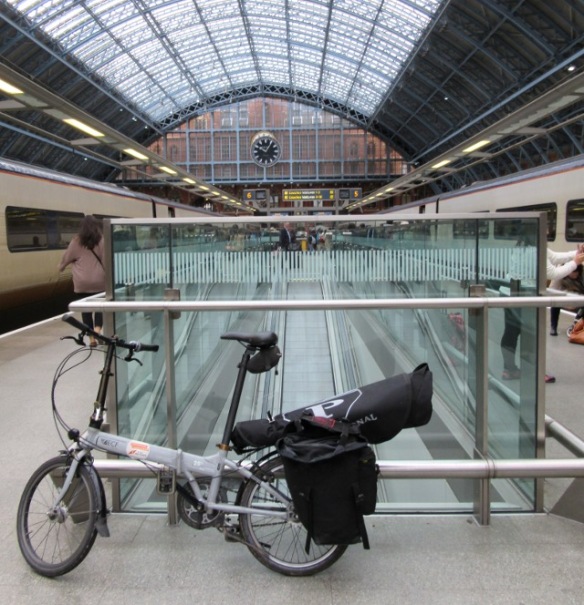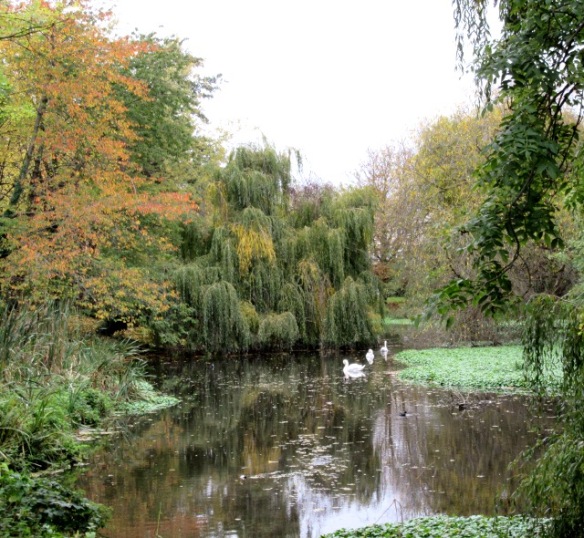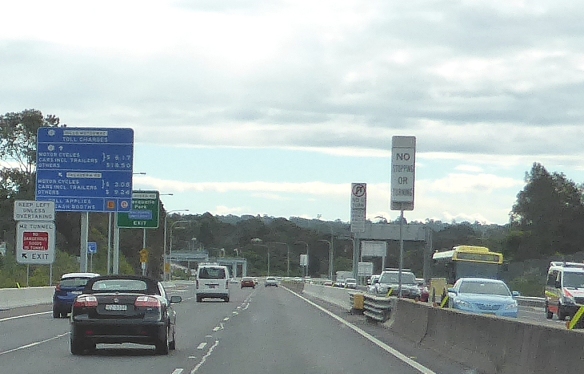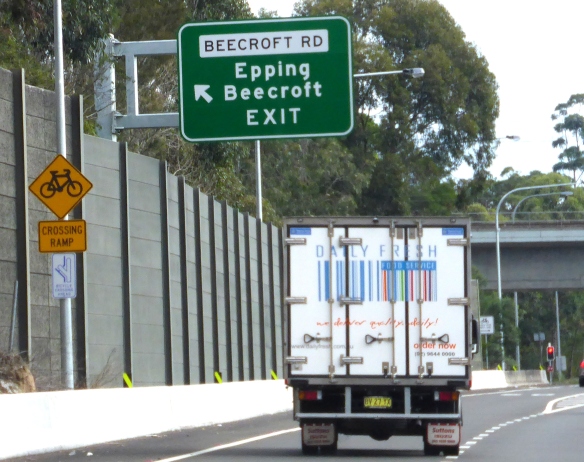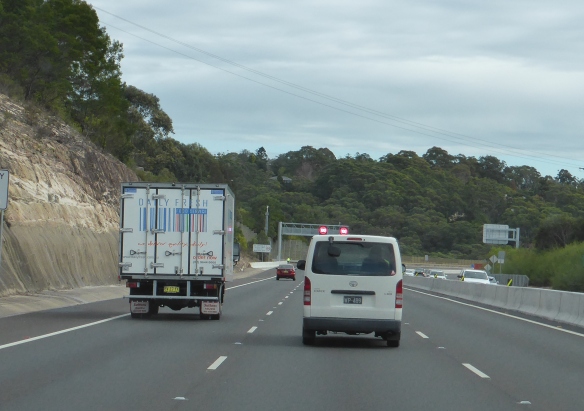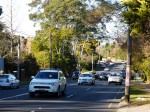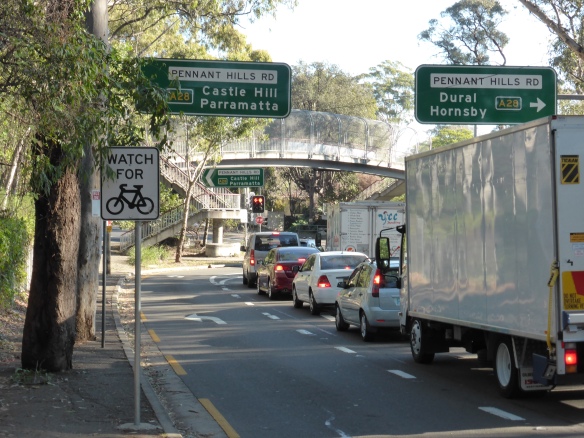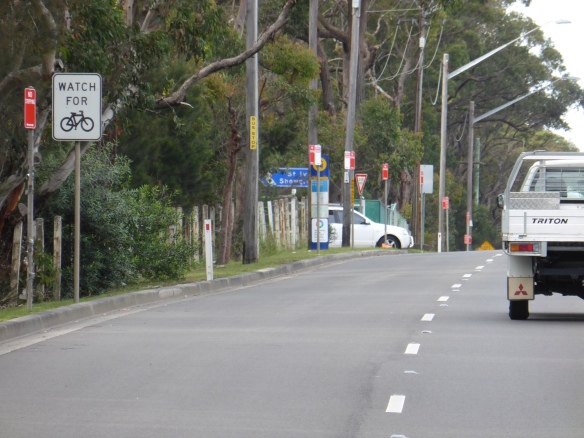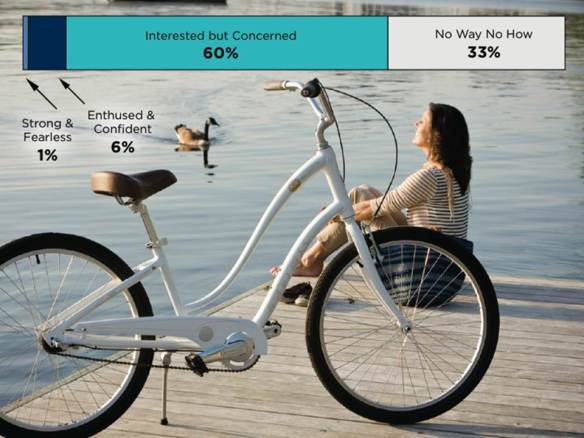

So Aussie is done. 28 days, 3 cities, about 20 bike rides and many more trips by train, tram, ferry and car.
And like all travellers I will come back to the question “how was it?”
Of course I am going to say “brilliant” – because what will stick longest in the memory will be the high points. Velo-city Global 2014 was full of inspirational people and I met many more en route. And I had some excellent rides that will always be fond memories.
I had hopes for a strong cycling presence on the streets because I had heard that there has been something of a renaissance of cycling levels, especially in Melbourne and Adelaide. But when I reflect further on my overall impression of cycling and cycling culture in the three cities I visited I am more inclined to say “curious” and even “challenging” because there are many aspects that present our Australian cycling friends with big challenges.
First the good news.
If there is going to be great cycling in cities the opportunities don’t fall in to place by accident. Things happen because there is some mix of advocates, politicians and technicians who have vision, passion and influence. And faced by the challenges of their cycling culture they are willing to stand up and be different, starting to promote cycling as a mass activity not just a sport.

There is no doubt in my mind that those people were at Velo-city and across Australia. Politically our Adelaide host was Lord Mayor Stephen Yarwood who was a role model on the podium and at events like the Big Bike Brekkie where he seemed more like the Europeans by turning up in his day clothes and just riding.
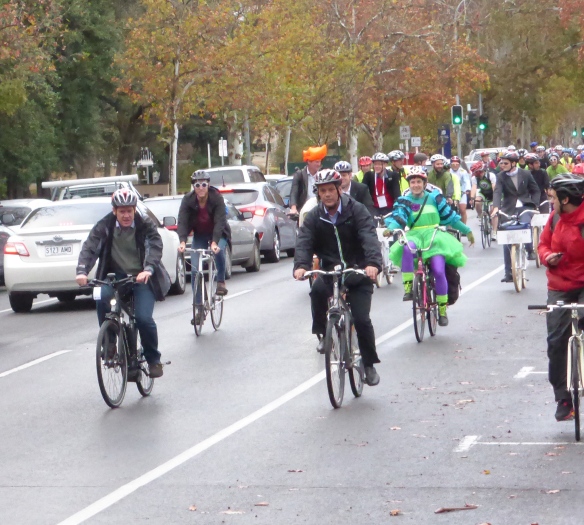
Most advocacy organisations in Australia are not huge and are heavily reliant on events to boost membership and pay the bills. But Bicycle Victoria is per capita possibly one of the biggest cycling advocacy organisations in the world with over 40,000 members from a population of just 5 million, hugely impressive. The other organisations are no less passionate if perhaps not as big.

The other community we met were the local promoters, entrepreneurs and activists who were great fun and great to be around. And of course in that community a huge shout out to Tina McCarthy our ride host in Melbourne. Her boundless energy and enthusiasm is infectious.

There are lots more people I could mention and many more who I didn’t meet but heard about and read their valuable contributions to the Velo-city discussions. I have no doubt that I was among friends and fellow travellers on the road to more cycling and I have to thank them for being great hosts.
The second bit of good news is that things are happing on the ground. At the moment the amount of really high quality cycling infrastructure is very limited so the signs have to be considered “green shoots”, especially because the quality infrastructure in the cities is far from established. The one high quality cycle route in Adelaide was only part finished and already there is a vote at the state parliament to try and get rid of it.
However in central Melbourne I saw that the much more established infrastructure was working because there were many more riders and some of them were not the usual suspects in lycra, this felt much more like a cycling city with a wider selection of riders.


The urban leisure infrastructure is well established and well used. I have posted how much I enjoyed the River Torrens route in Adelaide, the round the bay routes in Melbourne and the Olympic Park in Sydney.

As well as the urban routes I will long remember my ride out to West Head in Sydney’s Ku-Ring-Gai Chase National Park, it was spectacular.
And these leisure routes were being used, there was a steady drip-drip of cyclists on all of them.
So on reflection I can report that these three Australian cities gave the impression that they could be joining the international group of “starter” cities that have begun their cycling revolution and could move up to next level where cycling starts to take a proper place in transport.
But, but, but……
This revolution currently looks different to anywhere else I have been. It isn’t Dutch or Danish, that’s for sure, but it is also different from the other low level cycling countries I have visited.
Just as Australia is inhabited by different looking animals as far as I could see Australian cycling culture is really all about different looking people, manly MAMILs (Middle Aged Men in Lycra). Yes there are hipsters on fixies. Yes there are some women and young people and even people in day clothes just pottering about on bikes. But it seems to me that they are having almost zero impact on the understanding, reporting and promotion of cycling. Throw in the image of the Prime Minister thrashing about on a road bike with his mates to show his machismo and you can see what cycling promoters are up against. The Bike Brekkie in Adelaide was supposed to promote city cycling and most people turned up in lycra. Doh!

Some of the Australian advocates were also getting just a bit frustrated with the European delegates who they said were “obsessed with helmets”. Having spent a month here I think I understand that much better. Helmets really don’t matter as much if the vast majority of cycling is a sport you dress up and something you do as an “activity” because you could take away the helmets and not much else would change. So the helmet issue is really the tip of a much bigger iceberg, the problem that so few people have any concept of cycling as a daily activity, as a normal mode of transport for short trips. I may have photographed a few people in Melbourne in normal clothes but when i observed evening rush hour the vast majority of riders were dressed for sport, not travel.
And I am really not sure some of the advocates are actually helping this situation either. I reported on the “extremist” cycling infrastructure in my last post, but it is much more than that. For example almost all the advocacy organisations rely hugely on leisure events for their income. That means their image, their web sites, their brochures and their exhibition stands are covered in images of people who look like cycle racers on fancy bikes and wearing lycra, sunglasses and helmets. To me the idea that these organisations represent what we would recognise as daily cycling just seems to get lost.
The other reason any possible cycling revolution looks different to me is because Australian cities really are really challenging places to promote cycling. As an English cyclist I didn’t enjoy cycling much 30 years ago when I lived in Australia and I still find the city layouts and transport patterns alien. In the central business districts there are grid pattern roads around huge tall modern buildings. Wide multi-lane highways leading right across the cities.
And then there are the suburbs, spreading and sprawling over a huge footprint because of the amount of space commanded by both houses and the huge wide roads that links them and the many out of town shopping malls. Car use and car parking dominated every aspect of the streetscape then and it is much worse now. In Sydney that is worse because it is steeply hilly, and hot.

Because of the colonial heritage I know some people thought Australia would be a version of Britain or Europe, just a long way away. In transport terms Britain is the easy comparison to make: they speak English, they drive on the left and they have failed to grow cycling for 30 years. Pretty obvious really. But wrong.
To my eyes there is almost nothing European about this urban form, it seems to have shaped itself on similar lines to North American cities which have developed over a very similar time period. In much of Europe we constantly battle over space, here there is almost too much of it and the cities have run amok. The few cities we have like this are more likely to be in Eastern Europe than anywhere else.
So whenever you cycle on road in Australia you have to be able to cope with extended distances because of the urban sprawl and I had to cross or turn on big multi-lane highways several times on every ride, a process that varied from challenging to terrifying, in particular in Sydney.

That is an impossible for all but the brave and it strikes me that without comprehensive national or state strategies for junction management cycling in Australia will be forever stuck with just the most fearless of cyclists. The existing on-road cycle lane network is frankly worse than useless as I wrote here.
I’ll make just one final observation that I found seriously disturbing.
One of the most important motivations for getting people cycling and keeping them cycling is the fact that cycling makes you feel better. It is fun. It makes us smile. We know there are mental health benefits of cycling. We know that according to research the health benefits outweigh the risks by factors as much as 20:1.
But probably because of the compensation culture in Australia parts of the cycling world somehow seems to have let their lawyers squeeze the joy out of cycling.
Take this sign beside a beautiful, smooth, car-free cycle track.

Or this wording on the web site of a cycling organisation.

Whatever happened to joy, spontaneity, freedom……..?
And when the cycle helmet discussion flared up in the media in Adelaide I was astonished to see on television that instead of the usual trauma doctors that we always debate with the entire debate in favour of helmets was being conducted by accident compensation lawyers.
It was all deeply depressing.
So what do I conclude overall?
From this evidence promoting cycling as a mass activity in Australia looks like a doomed enterprise. The advocates are probably right, the cycle helmet compulsion that we Europeans see as a huge barrier is actually as more a symptom of an underlying culture where cycling is a sport and leisure activity operating in a suffocating legal climate.
One international expert at Velo-city was so frustrated by all the lycra, the helmets and the accepting attitude of the advocates he said to me “I give up on this country”.
I disagree. Against the background of cycling in Australia the change agents at all levels demand our respect, our support, maybe even our sympathy and certainly our encouragement because every bit of progress that they make to “normalise” cycling is a bigger victory than it would be almost anywhere else.
And it can be done. The new lanes are going into the centre of the cities despite the opposition. And almost at the end of my trip I went out to Sydney’s seaside suburb of Manly. I found bikes at the ferry terminal like at a European station. And I found a whole community of laid back people just pottering about on bikes, carrying surf boards and children and generally living a bike friendly life. No special clothing, almost no helmets.




It was lovely, a breath of fresh air, a real cycling treasure. If here, why not everywhere in Australia? C’mon Australia, every cycling day could and should be like this.
I do not despair.



